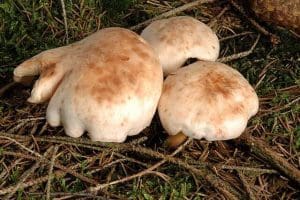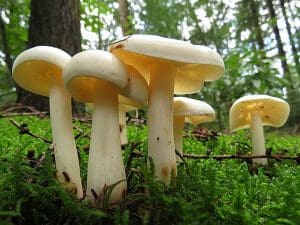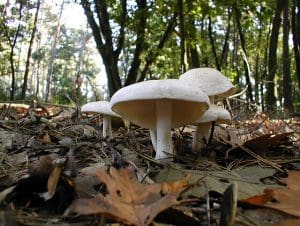Spotted Toughshank / Summer / Autumn / Inedible
The Spotted Toughshank (Rhodocollybia maculata), is a common woodland species that catches the eye with its distinct appearance yet isn’t suitable for the table.
Known for its pale, cream-to-tan cap speckled with characteristic dark spots, this tough and fibrous mushroom is more about mystery than meals. In this guide, we’ll dive into the unique features that make the Spotted Toughshank stand out, where it’s typically found, and some surprising non-culinary uses that make it a worthy subject for any forager or mycology enthusiast.
Whether you’re new to mushroom identification or looking to expand your knowledge of inedible species, understanding the Spotted Toughshank is an essential skill for those exploring the wild world of fungi.
Scientific Name
Rhodocollybia maculata
Common Names
Spotted Toughshank
Family
Marasmiaceae
Habitat
They are saprobic and aren’t too fussy about what they feed on but are more often found in needle and leaf litter near pine trees.
Description
A fairly common species that’s generally found in small groups or clusters.
Identifying Features of the Spotted Toughshank:
Cap:
5 to 12cm across, convex when young but flattening out often with a wavy margin when mature. They are creamy or pinkish white when young and develop red to pink spots or blotches within a few days.
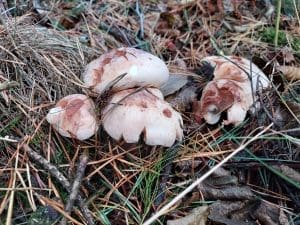
Stem:
The stem is 5 to 10 cm long and like the rest of the fruiting body will develop reddish spots as it ages.
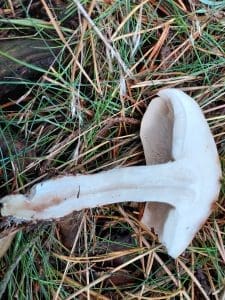
Gills:
The grill attachment can vary from adnexed, adnate or emarginate. They are always crowded and white when young but developing reddish-pink spots with age.
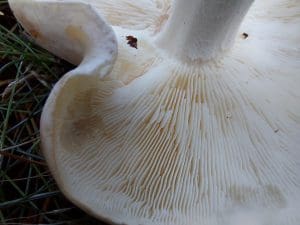
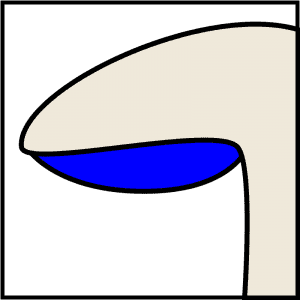
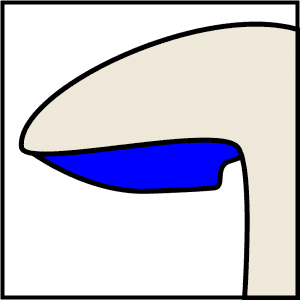
Smell:
No distinctive smell.
Spores:
Cream to pink..
Known hazards
Not thought to be toxic but they are tough and bitter making them inedible.
Potential lookalikes for the Spotted Toughshank
The closest look a like is a Butter Cap (Rhodocollybia butyracea) but these do not develop red spots and tend to be slimy or greasy to touch.
Extra Notes
They have been found to contain a compound called collybolide, which has gained attention in the field of metabolic research due to its interesting biological properties.
Research has shown that collybolide activates an enzyme involved in cellular energy regulation. These effects make collybolide a subject of interest for potential therapeutic applications in conditions such as obesity, type 2 diabetes, and metabolic syndrome.
More Mushroom Guides
References:
https://www.first-nature.com/fungi/rhodocollybia-maculata.php



